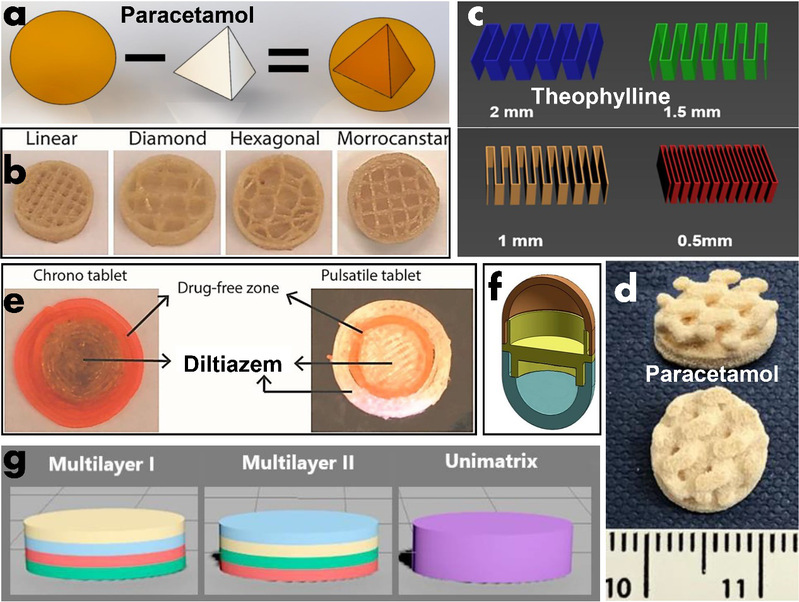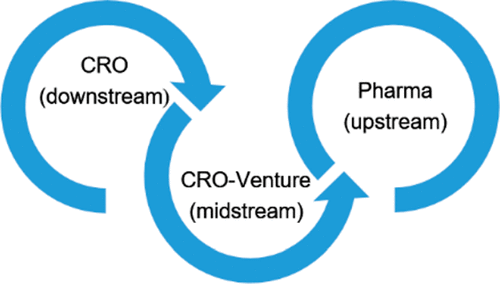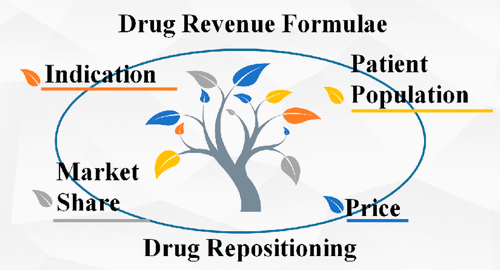Undergraduates kept research studing remotely when COVID-19 broke out
2020-05-15 | 药学院英文网
College of Pharmaceutical Sciences Zhejiang University is closing monitoring the ongoing coronavirus Disease 2019 (COVID-19) pandemic. It informed action to limit the spread of COVID-19 while ensuring the continuity of online teaching and research. XU Yihua and HUANG Jianan, who are the undergraduates from Grade Four, kept studying at home and published 4 SCI articles during COVID-19 pandemic.
Article 1:Development of a 3D-printed Medication Label for the Blind and Visually Impaired
This study explored the potential of three-dimensional printing (3DP) technology in producing a three-dimensional (3D) medication label for blind and visually impaired (BVI) patients to ease their drug administration. Different variations of label wordings, dosing instructions, and medication identifiers were designed with reference to guidelines by the American Foundation for the Blind. Shapes and symbols were used as dosing instructions and medication identifiers to the patient’s medical conditions. Prototype designs were created with common graphics computer-assisted drafting software and 3Dprinted using acrylonitrile butadiene styrene as the polymer filament. Feedback was then obtained from five people with normal vision and four BVI persons. The initial prototype comprised four components, namely, medication name and strength, patient’s name, dosing instruction, and medication identifier. A revised label comprising the latter two components was developed after feedback by BVI persons. Words were in all uppercase and regular font type, with a 5-mm center-to-center letter spacing. Elevation heights of the letters alternated between 1 mm and 1.5 mm. A half sphere represented the medication dose unit, while vertical lines and a horizontal center line with alternating elevation of arrowheads represented the frequency of administration and the medication’s consumption in relation to food, respectively. Symbols based on target organs were used as medication identifiers. With rapid advancements in 3DP technologies, there is tremendous potential for producing 3D labels in patients’ medication management.

This work was carried out by undergraduates Yijun Wong, Yihua Xu, PhD student Kevin Yap.under the supervision of Dr. LiFeng Kang. This research was mainly completed by The University of Sydney Pharmacy School and College of Pharmaceutical Sciences Zhejiang University.
Article 2:Pharmaceutical Applications of 3D Printing
Although 3D printing (3DP) has long been an integral part of industries such as aviation and automotive, its use in healthcare, especially the pharmaceutical industry, is relatively new and currently receiving close attention. At the beginning of 2018, we reviewed the applications of 3DP for drug delivery and drug testing. Due to the rapid development of this field, it is necessary to summarize the latest development in this field after 2 years. In this article, we reviewed the three major areas in pharmaceutical applications. First, drug delivery system is the most studied subject, including controlled release, polypills, gastrofloating, orodispersibles and microneedles. Second, 3DP also helped the development of pharmaceutical devices, including pharmacy dispensing aids, drug eluting scaffolds and combinatorial products which serve as drug delivery systems or medical devices. Lastly, we reviewed the pharmaceutical models for drug testing, covering acellular and cellular models. We also summarized the materials used in the mentioned articles and their regulatory status for pharmaceutical applications to provide references for future research.

This work was carried out by undergraduates Grona Chen, Yihua Xu, under the supervision of Dr. LiFeng Kang and Dr. Philip Kwok . This research was jointly completed by The University of Sydney Pharmacy School and College of Pharmaceutical Sciences Zhejiang University.
Article 3: Contract Research Organizations Are Seeking Transformation in the Pharmaceutical Value Chain
Since the beginning, Contract Research Organizations (CROs) have always faced two core challenges: low profit margin and limited market capitalization. Nowadays, the CRO industry is experiencing a supply chain disruption, driving it to chase the upstream part of the pharmaceutical value chain. A 3P (past, present, prospect) decision-tree model is developed, revealing the future of the CRO industry may be a CRO-Venture model. Perspectives on the potential transformation of CRO industry will contribute to the real-world practice and innovation of this business model.

Article 4: Can Drug Repositioning Work as a Systematical Business Model?
As a business model, drug repositioning is facing increasing challenges from both academia and industry. To examine the feasibility of drug repositioning as a systematical business model, a drug revenue formula is introduced. By breaking down key factors into indication, price, patient population, and market share, the potentiality of the drug repositioing business model is confirmed. In addition, some unworkable repositioning stratgies are also summarized.

The two pieces of paper were carried out by undergraduates HUANG Jianan, College of Pharmaceutical Sciences Zhejiang University.
News
-
18
2021.09
-
15
2021.09
-
07
2020.12
-
04
2020.12
-
22
2020.09
-
14
2020.09
